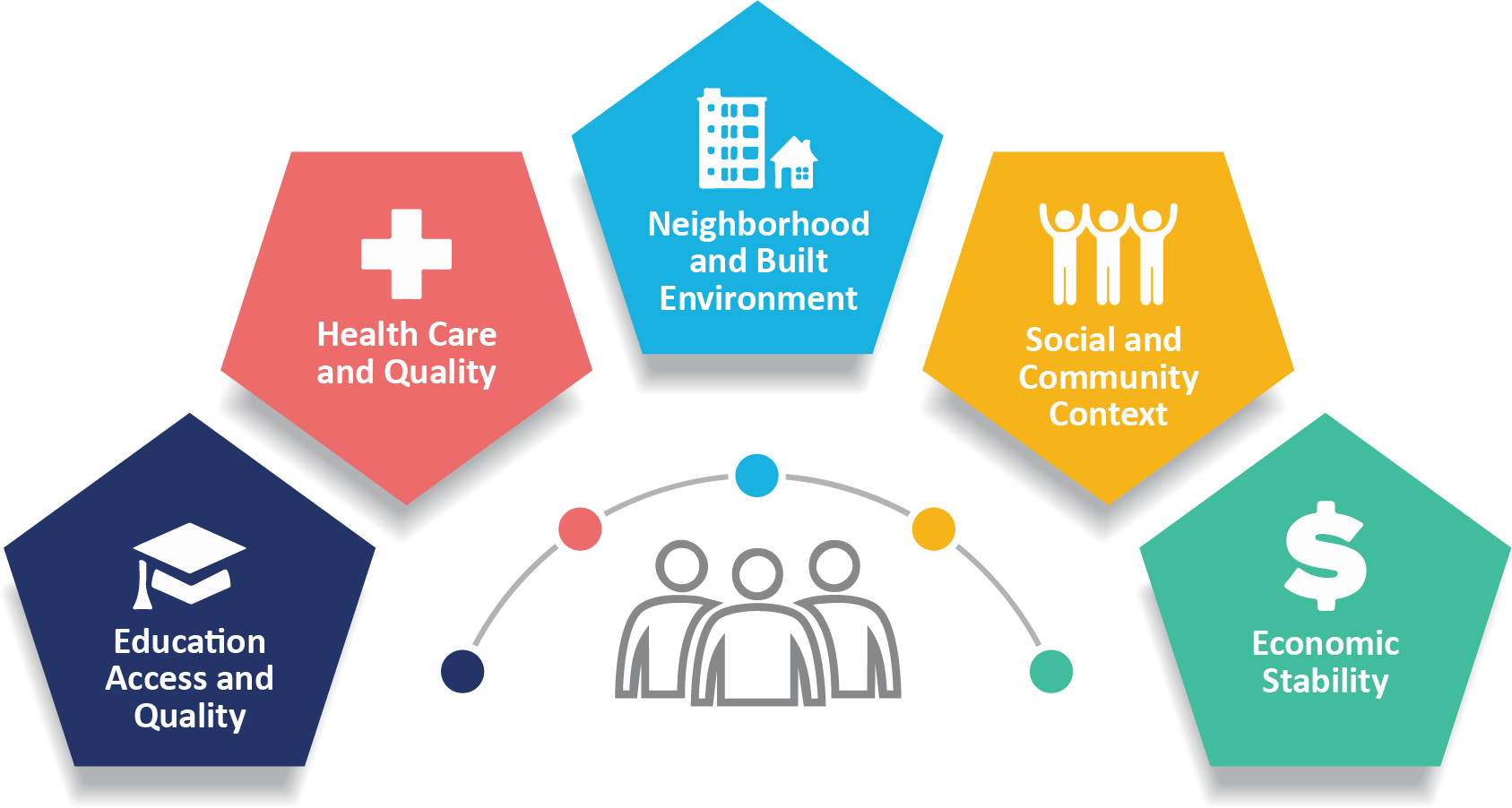General Health Tips & News
Implementation of change models relevant to service improvement for the wider Health and Social Care sector
By A.S. (staff writer) , published on November 05, 2022

Medicine Telehealth Health
There is no doubt that healthcare facilities are consistently evolving, and these changes are challenging for all stakeholders. Health care organizations are constantly changing as a result of technological advancements, aging populations, changing disease patterns, new discoveries for the treatment of diseases, and political reforms and policy initiatives.
Change management is defined as the process of continually updating an organization's direction, structure, and capabilities in order to meet the ever-changing needs of the wide health and social care sector. It is also essential to remember that changes happen in a variety of shapes and sizes, with some being minor or incremental and others being more significant. This makes determining the relative success or failure of a change challenge.
To address changing population needs, the responsibilities of rising life expectancy, and complicated health issues, the ability to adapt and evolve is crucial in modern health service delivery. The growing emphasis on healthcare quality in the six domains of efficiency, safety, patient-centeredness, effectiveness, timeliness, and accessibility has resulted in adaptation and innovation in the social and healthcare sector.
The Change Model provides a beneficial framework for implementing successful and lasting change that benefits employees, patients, and communities. It was co-created with hundreds of health and care professionals and is based on solid research and experience. The Change Model is intended for anyone who wants to make a difference, whether in a clinical or support function at any level of an organization.
Adopting technical and digital advances necessitates rigorous and well-planned change management. As healthcare (like other industries) becomes more reliant on digital advances, whether, for treatment efficiency or diagnostic optimization, change management is becoming increasingly crucial. Change planning, evaluation, and management are thus as vital as the innovations themselves, as these procedures aid in achieving the targeted results and advantages.
The main factors to be monitored for successful and sustainable change management (CHM) include a clearly defined vision, early engagement of all stakeholders, clearly set rules, adaptation, provision of a technical base, and a step-by-step implementation with strong feedback.
Types of Change Model
Organizational change can either be adaptive or transformational depending on the needs of the care facility. Adaptive changes are minor, incremental adjustments that improve clinical processes and workflows. This iterative change strategy does not impact the business model of the care facility.
Transformative, long-term change strategies greatly impact the culture and mission of an organization. Transformational change includes substantial, sudden alterations that impact how people, processes, and tools operate in hospitals. Transformational change management may lead to a complete overhaul of the care facility’s critical functions and business structure.
Changes in health care procedures can also be brought on by global events. For instance, the environment for medical professionals has significantly changed as a result of the coronavirus epidemic.
The sudden increase in telehealth use and reduction in elective procedures are both drivers for change in healthcare for organizations that want to stay competitive.
Here are a few examples of drivers for implementing change in healthcare organizations:
-
Advances in artificial intelligence (AI)
-
Blockchain electronic health records
-
Telemedicine used both at home and in hospitals
-
Changes to wide-reaching regulations, like the Affordable Care Act (ACA)
-
Increased mobile device use
-
Modernization of payment options
Technology is quickly developing. The healthcare sector is among the many that are being touched.
As an illustration, hospitals in the United States have begun implementing electronic medical records (EMR). Many organizations have to redesign their entire medical records systems in order to transition to digital medical records. The same problems with technology adoption and change management exist in healthcare as they do in any other industry:
Employees must become familiar with new software, hardware, and workflows. They have to deal with the possible threat that automation poses. Organizational executives must manage change while balancing their already demanding schedules.
Due to their complexity, healthcare institutions need to coordinate heavily on many different levels.
Technology is quickly developing. Effective software training can help neutralize this "threat," which is sweeping across practically every business.
Digital adoption platforms are the most modern sorts of training solutions. Platforms for digital adoption build on top of other current technologies. Then, if required, they guide users through the software.
This kind of platform greatly lessens the "threat of technology," decreasing user annoyance, cutting adoption hurdles, and boosting productivity.
McKinsey 7-S Change Management Model
This model consists of 7 crucial categories that companies should be aware of when implementing change:
-
Strategy – Strategy is the change management plan that should consist of a step-by-step procedure or future plan.
-
Structure – This factor is related to the structure in which the organization is divided or the structure it follows.
-
Systems – This stage focuses on the systems that will be used to complete day-to-day tasks and activities.
-
Shared values – Shared values refer to the core or main values of an organization according to which it runs or works.
-
Style – The manner in which change is adopted or implemented is known as ‘style.’
-
Staff – The staff refers to the workforce or employees and their working capabilities.
-
Skills – The competencies as well as other skills possessed by the employees working in the organization.
Find articles related to: Medicine Telehealth Health
More articles about General Health Tips & News
Back to the Health Tips Index




